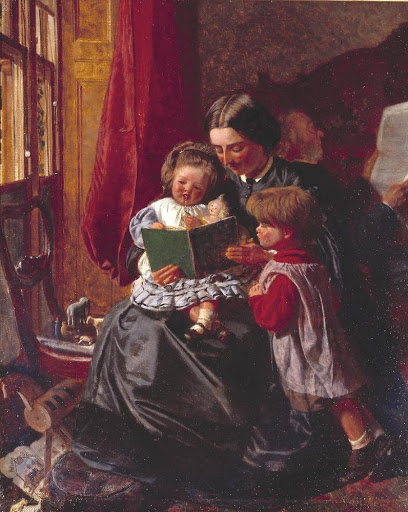
Thursday
My friend Sue Schmidt alerted me to a New York Times article on the complexities of teaching children to be empathetic. We have but to look at America’s sociopathic president to realize the importance of connecting with others. That we will always come up short doesn’t mean we shouldn’t try. In fact, making the effort is one of life’s most rewarding activities.
But how does one learn to feel another’s pain? Literature provides one path, but the literature must be taught in a particular way. One can’t just have students answering dry, testable questions. They must have the opportunity to explore their own emotional responses.
The article’s author Molly Worthen interviews African American Studies professor Alisha Gaines about empathy and the role of literature. While skeptical about whites who roleplay blackness, Gaines nevertheless acknowledges that we engage in a form of roleplaying when immersed in a work of fiction:
[A]s a literature professor, [Gaines] wants students to see books as passageways to experiences unlike their own. “I love books because I’m learning something about people I didn’t understand. I’m connecting,” Ms. Gaines told me. “I wasn’t reflected in books I read as a kid. I understood myself through ‘Anne of Green Gables’ and ‘Little Women’ — little Black kids often have to understand themselves through white protagonists. At the same time, for me as a little girl reading ‘Anne of Green Gables,’ as much as I saw myself in her precociousness and her deep feeling, I also knew there wasn’t something speaking exactly to me. It was not a perfect mirror. We want to connect to the material on an emotional register and make space for the fact that each story tells a particular story.”
A Stanford professor agrees while adding that current teaching approaches can rob literature of its empathetic value:
“I really do believe literature is an empathy tool, and reading literature widely can actually make you an empathetic person,” Sarah Levine, a professor at the Stanford Graduate School of Education, told me. In many classrooms, the structure of standardized tests, especially multiple-choice questions and narrow essay rubrics, pushes teachers to drill students on finding arguments and literary devices rather than encouraging them to reflect on their own emotional response. “The standardized testing movement reduces literary reading to fact-finding,” Ms. Levine said.
She recently completed a study of a century of New York Regents exams and found that from the 2000s onward, “the reader disappeared from the questions that these tests are asking students. The reader is being asked to figure out what the central idea of the text is, as opposed to being asked to talk about how a text made them see something differently, or sympathize with someone,” she told me.
Later in the interview, thinking both of her former Chicago South Side students and her Stanford students, Levine observes,
We’re teaching that literature is not for them, because they aren’t a part of what they read. I don’t mean because they feel, ‘I don’t see Black and brown faces in my literature,’ but ‘I’m supposed to write an argument about a motif,’ and not do what kids do outside of the classroom: read and enjoy the experience.”
Levine notes that such approaches can cause children to dislike reading. Contrasting literature with other uses of language (such as political speeches and political tweets), she says that “[w]e should use fiction for empathy, aesthetic pleasure, examining ethical dilemmas and just the experience of escaping.”
Needless to say, I could not agree more. A while ago I wrote about the danger of literature becoming reified in the classroom, which is to say turned into a static entity rather than a dynamic force in our lives. If we turn Shakespeare into an icon to be worshipped (“bardolatry”) or literature into nothing more than a means of developing critical thinking, we rob it of some of its power. Sensing this, one of Worthen’s interview subjects has figured out an alternative way of engaging with literature:
Emerson Holloway, an English major at Oberlin College in Ohio, read a lot on her own to make up for the fact that in high school, she didn’t always have “the opportunity to connect and empathize with characters,” she told me.
At Oberlin, she helps facilitate a student group called Barefoot Dialogues, which invites students to discuss a text or work of art over a home-cooked meal in order to “engage in trust and vulnerability to make connections across differences,” she said.
It appears that Holloway is approaching literature in two ways: to find characters like herself and to explore her feelings about cultural difference. While it is certainly possible to discuss such subjects in a classroom—I certainly strive to encourage such discussions in my own—many teachers avoid them. Literary studies has had a difficult time entirely shedding New Criticism’s “affective fallacy,” which contends that a reader’s emotional response to a work is immaterial.
Furthermore, even emotionally sensitive teachers may not be able to spur the in-depth conversations that students can have amongst themselves. Nor is this bad. After all, our end goal is for students is to take literature into their own hands.
Our role is to signal to our students that such conversations are worthwhile. This blog is dedicated to this proposition.